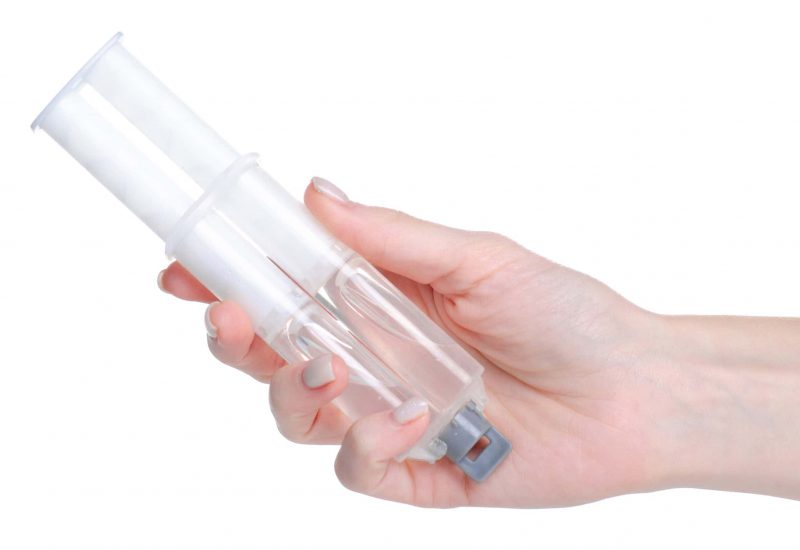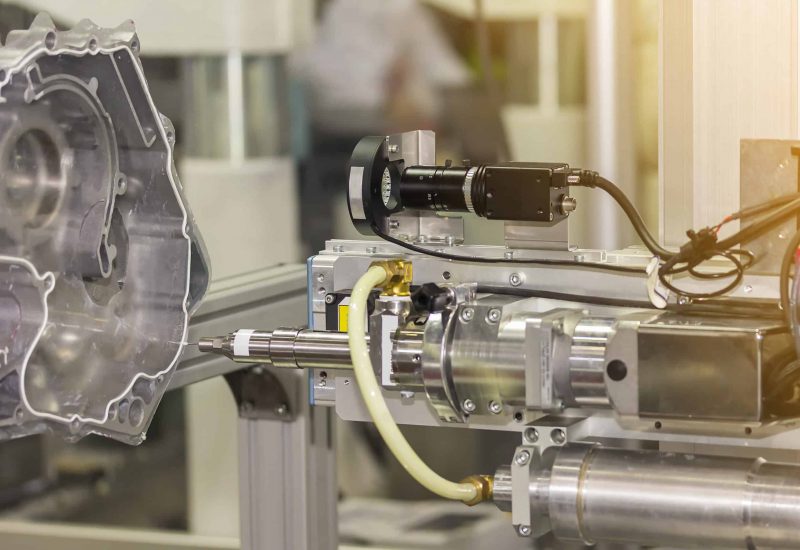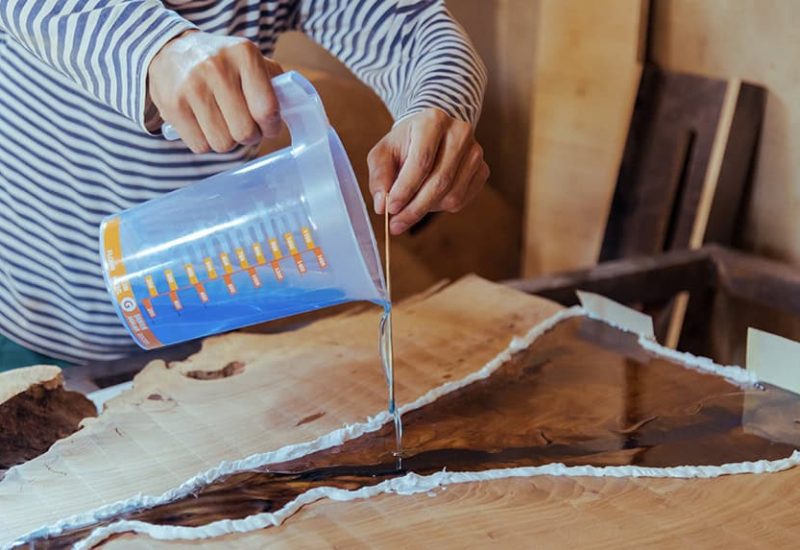Epoxy resins can be categorized by the chemical chain the reactive epoxy group is bonded to. Here are the most common epoxy resin types:
With a high level of functionality, these epoxies are generated from the reaction between epichlorohydrin and aromatic amines. Triglycidyl-p-aminophenol and N, N, N’, N’-tetraglycidyl-bis-(4-aminophenyl)-methane are industrial grades that have low to medium viscosity at room temperature, so they are easier to process.
Epoxy diluents are made from aliphatic alcohols or polyols. These materials can be monofunctional, difunctional, or greater functionality.
These epoxy resins are created through double bond epoxidation or through a reaction with epichlorohydrin.
This epoxy has one or more aliphatic rings in the epoxy ring molecule. They have a distinct aliphatic structure, a high amount of oxirane, and no chlorine. This chemical structure results in low viscosity, low dielectric constants, strong weather resistance, and a high glass transition temperature (Tg).
Bisphenol-A diglycidyl ether (DGEBA) is a popular resin for commercial applications. It is formed from the reaction of bisphenol-A and epichlorohydrin.
These resins are created with improved functionality to strengthen the cross-link density of the cured system, making them ideal for high-temperature applications that require extreme chemical resistance. Novolac epoxies do not contain volatile organic compounds (VOCs) or solvents.
Epoxy resins are reactive polymers and prepolymers that contain epoxide groups. Epoxies react with themselves after catalysts or co-reactants like phenols and amines are added. Compared to other types of resins, cured epoxies have superior mechanical properties and chemical and thermal resistance. Their versatility means they are effective in varied applications, such as adhering structural components, electrical insulation, and coating concrete. Depending on the type of epoxy, it can be used on a variety of materials, including wood, metal, plastic, and stone. Epoxies cure quick and are suitable for a wide range of substrates, especially composite applications.
Here is an overview of the different types of epoxy resins, their properties, the curing process, and their applications.
Epoxy resin has a wide range of applications, including coatings, adhesives, and producing composite materials, including those with carbon fiber and fiberglass reinforcements. The properties of an epoxy can be altered to suit various needs, such as electrical conductivity.




When the epoxy resin is mixed with a hardener, a chemical process converts the liquid material into a solid. This is known as the cure period—the epoxy mixture transitions from a liquid to a gel to a solid. The epoxy’s temperature is the main influence on curing time, and the warmer the epoxy, the faster the cure. Three factors influence the epoxy’s temperature: ambient temperature, the temperature of the surface where the epoxy is applied, and the heat created by the epoxy as it cures (exothermic heat).
In warmer temperatures, a slow hardener is added to increase open time. Technicians can also make small batches and pour the epoxy into containers with larger surface areas to dissipate the exothermic heat. In colder temperatures, a faster hardener or additional heat can raise the epoxy’s temperature to facilitate curing. Applied before mixing or after application, supplemental heat sources include a heat lamp or hot air gun.